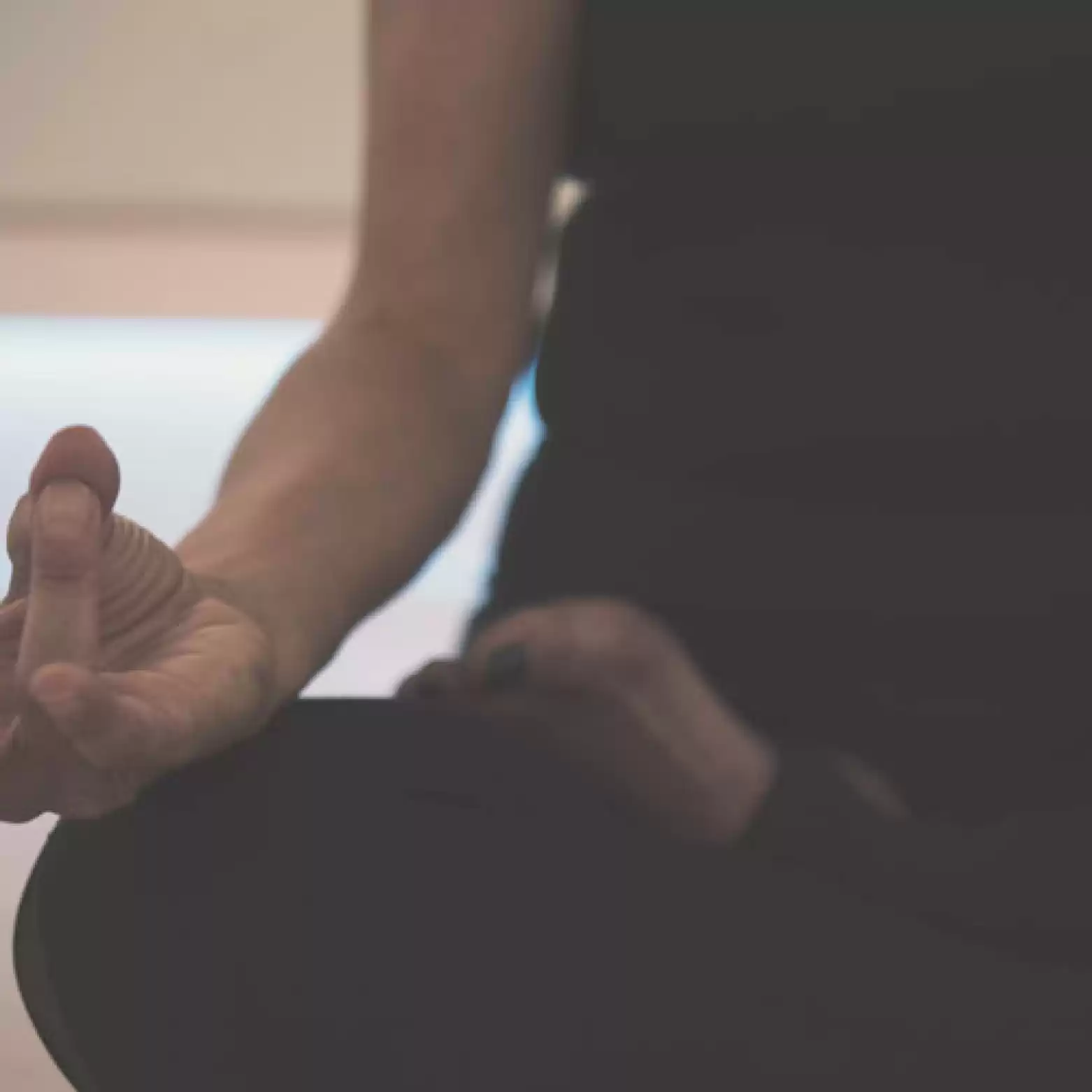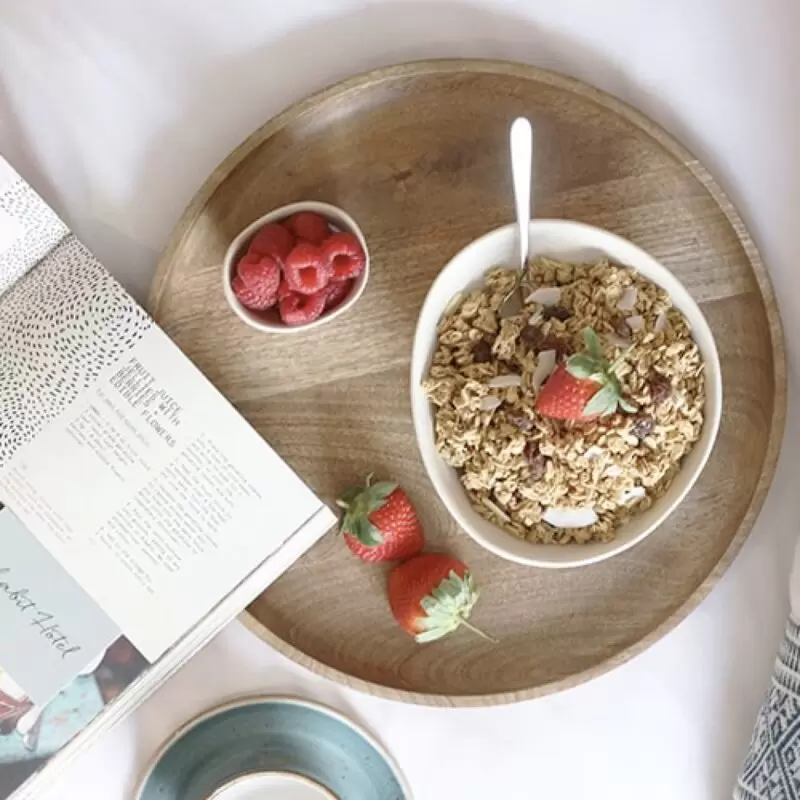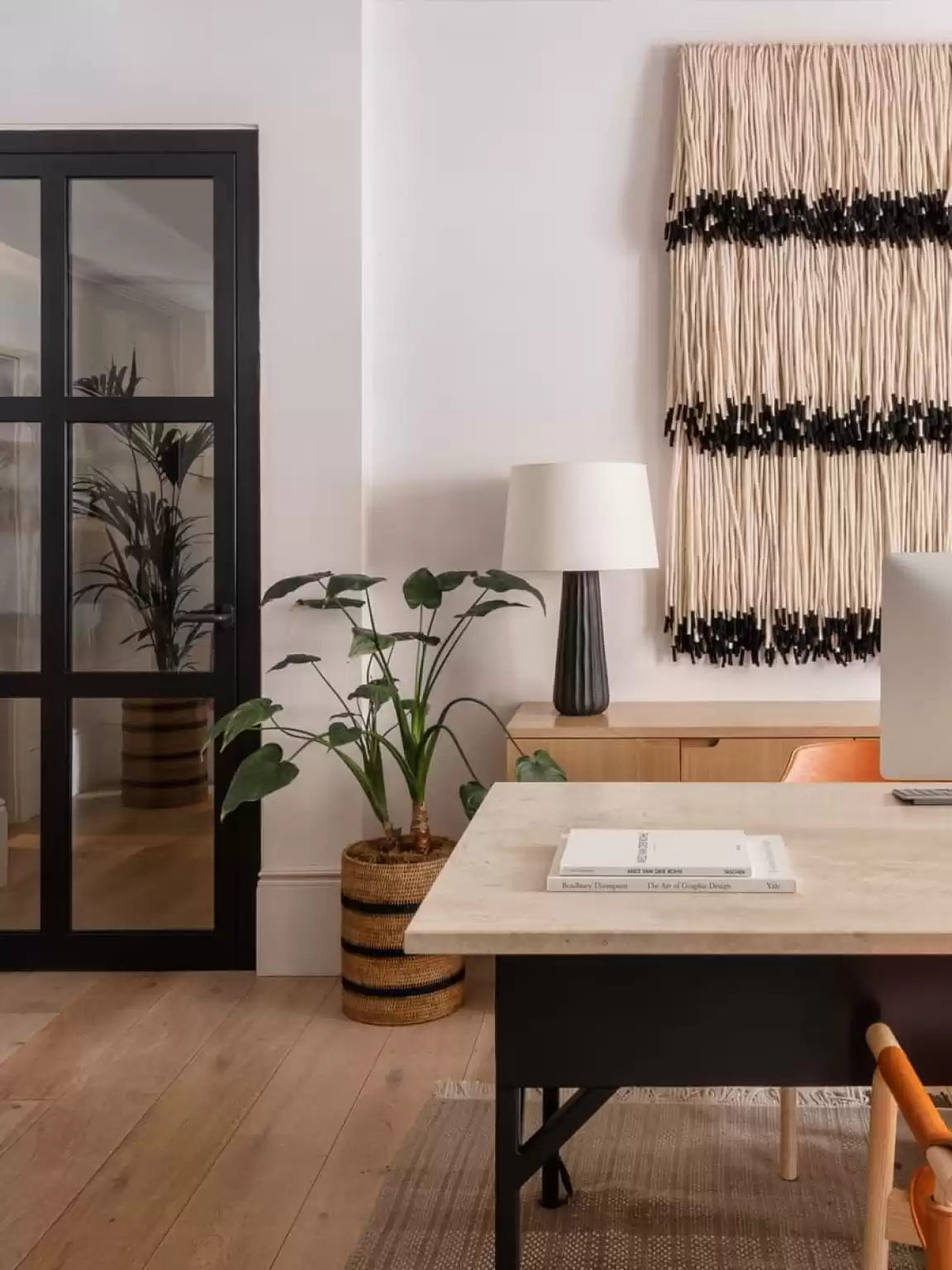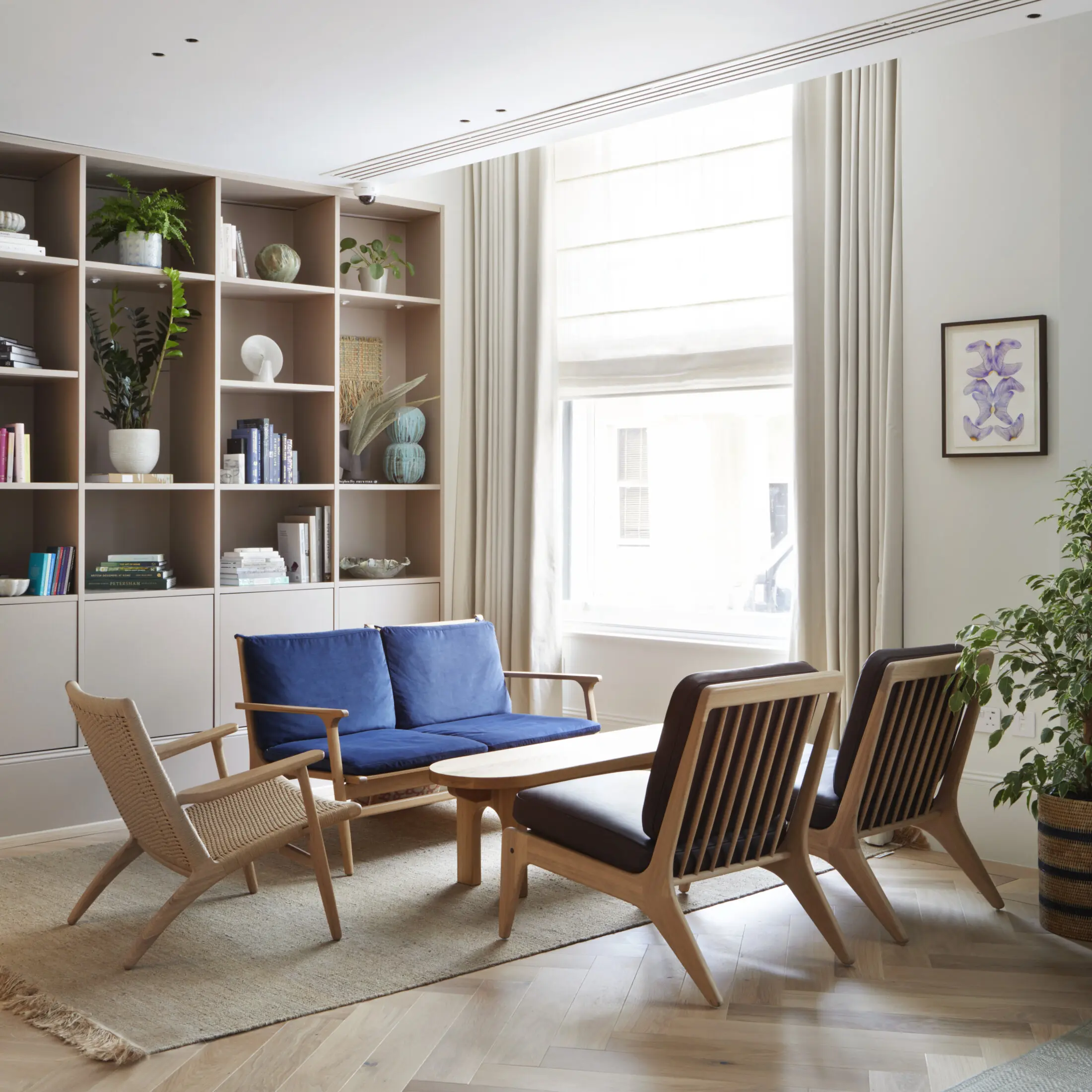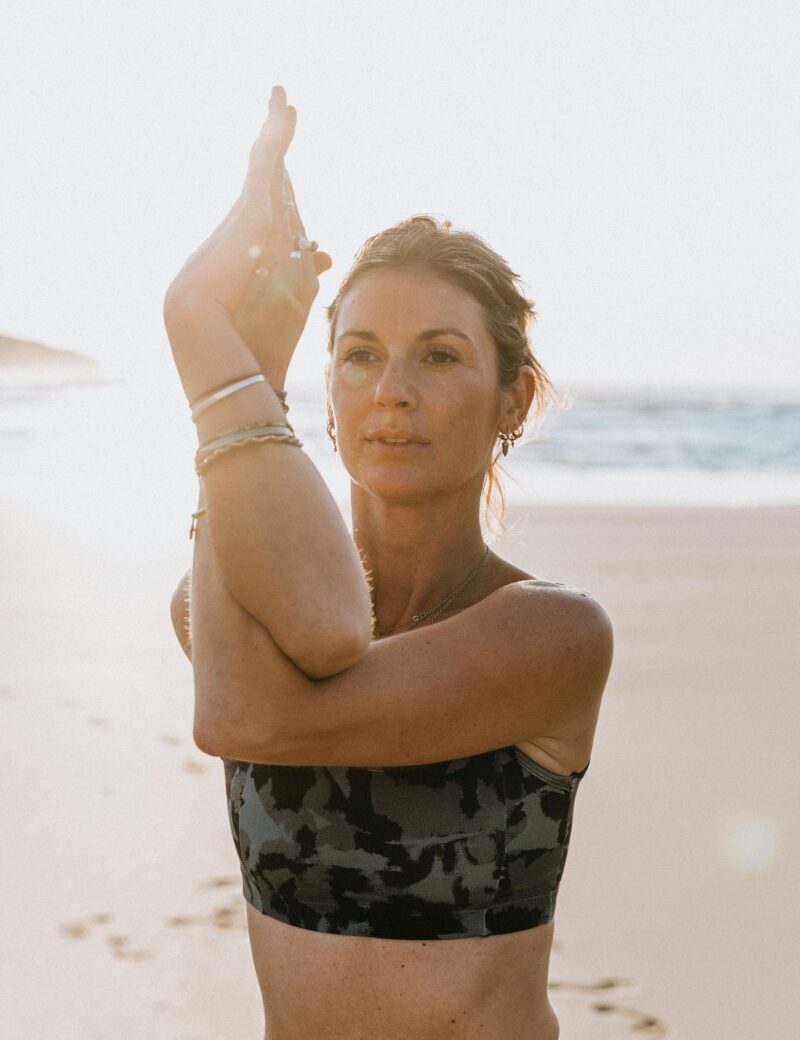The practice of meditation has been around for thousands of years. It is a simple practice, available to all, that can help to rise above the chattering mind, and bring clarity and a deeper understanding of our inner self.
Scientific studies have shown the numerous positive benefits that meditating has on our mental and physical health. With regular practice, it can provide means of coping with stress and anxiety, can improve sleep and strengthen the ability to focus, can help stabilising blood pressure and improve oxygen-consumption levels, ultimately enhancing your overall wellbeing.
Mindfulness based meditation
There are plenty of different meditation techniques and styles that you can choose from. There is no “right way” to meditate, meaning you can explore the different types until you find one that works for you. Learning how to meditate is fairly straightforward, and as little as ten to fifteen minutes per day can make a big difference.
Here at Inhabit, we practice mindfulness based meditation techniques. We can be mindful of the breath, bodily sensations or the whole self and environment. Being mindful means watching the natural happenings in the body and the mind, without any judgement or trying to change anything about our experience.
A wonderful aspect of mindfulness based meditation is that it is adaptable and can be personalized to fit into your schedule and lifestyle. You can benefit from short meditations, and you can practice it just about anywhere!
Here are some tips on how to begin:
- Find a comfortable seated position with your spine erect. You can sit on a cushion or on a chair with your feet resting on the floor. It is best not to lie down, as we have a tendency to fall asleep. You can close your eyes or have them open with a soft gaze.
- Start by paying close attention to your breathing. Feel the chest as it is rising and falling, and feel as your belly is moving in harmony with your breath. Follow the sensations of the breath all the way, from when it enters the body to when it leaves. Make as little effort as possible and try not to control your breathing. Rather than feeling that you are ‘aiming’ at the breath, just simply receive it.
- You can continue just simply resting your awareness on your breath for the rest of the meditation, or you can tune into your body’s other physical sensations too, noticing what you are sensing in each moment. You can welcome into your awareness one by one (or all together) sounds, smells, sights or the sensation of touch, like pressure, temperature, the weight of your body on the chair, and the sensation of air and clothes against your skin.
- The moment you notice that you are lost in thought, see if you feel any judgement at all. Judgement in is itself is another thought. Just notice the whole complex of thinking as another appearance in consciousness, just like a sound, and return to your breath and other feelings in the body, leaving your mind wide open just like the sky.
At Inhabit you can join one of our Morning meditation or Mindfulness classes to learn and practice different techniques, finding the one that works for you. You can also practice solo, using our meditation pod or our in-room meditation channel.
If you are a beginner and feel like you need some more help, a great way to get started is with guided meditations. We have uploaded our pre-recorded meditations by Yeotown, so they are available for you to use in the comfort of your home.
Enjoy!
Bird’s eye view
A meditation to help gain more perspective and encourage ‘bigger picture thinking’ to help deal with stress and anxiety.
Ready set go
A Meditation to wake up and start the day as you mean to go on.
Sweet dreams
Meditation to relax and enjoy a good night’s sleep.
